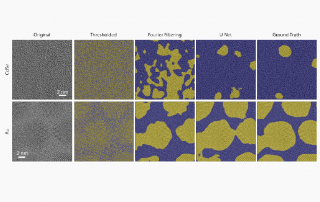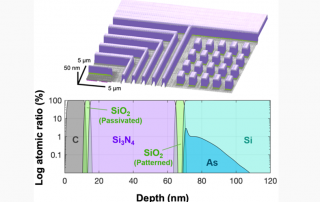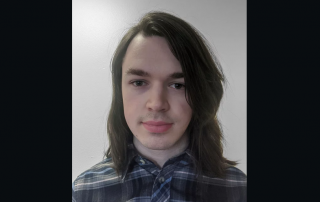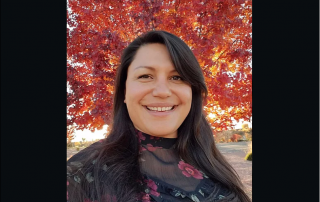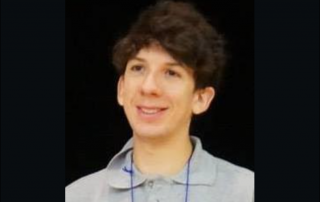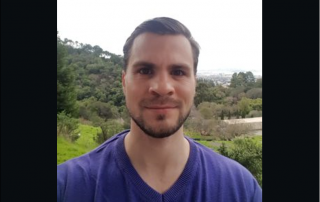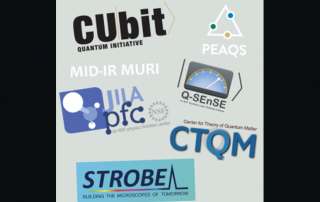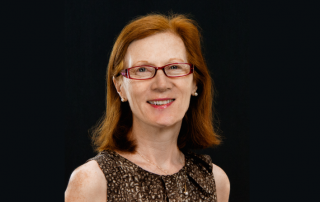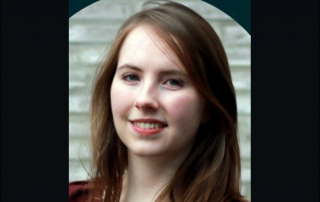New phase retrieval methods enabled by the world’s fastest electron detector
The need for rapid and accurate image analysis is increasing in electron microscopy studies of nanomaterials. With newly developed fast, high-efficiency electron detectors and automated imaging protocols, incorporating electron microscopy into high throughput materials design efforts is becoming possible. These new capabilities strongly motivate automated methods to extract relevant structural features, such as nanoparticle size, shape, and defect content, from high resolution transmission electron microscopy (HRTEM) data to link these features to bulk properties and study the influence of heterogeneity on bulk behavior. In general, protocols that surpass the accuracy of traditional image analysis and do not require time-consuming manual analysis are needed. Recent advances in image interpretation using deep learning using machine learning make it a promising route toward automatic interpretation of HRTEM micrographs.
In this STROBE collaboration, we demonstrate a pipeline to detect and classify regions of interest in HRTEM micrographs. Our pipeline uses a convolutional neural net (CNN) to identify crystalline regions (nanoparticles) from an amorphous background in the images, and then feeds individual regions of interest into a random forest classifier to detect whether or not they contain a crystallographic defect. Our CNN has a lightweight U-Net architecture and accurately segments a diverse population of nanoparticles with only a small number of training images. After segmentation, individual nanoparticle regions can be isolated and fed directly into existing python tools to extract size and shape statistics. To detect the presence of defects in nanoparticle regions, we implement a random forest classifier. We demonstrated the random forest classifier’s ability to detect stacking faults in the CdSe subset of identified nanoparticles. Both the CNN and classifier demonstrate state of the art performance at their respective tasks. While this work focuses on HRTEM images of nanoparticles supported on a carbon substrate, in principle the tool can be used to detect any regions of crystallinity in HRTEM data.
